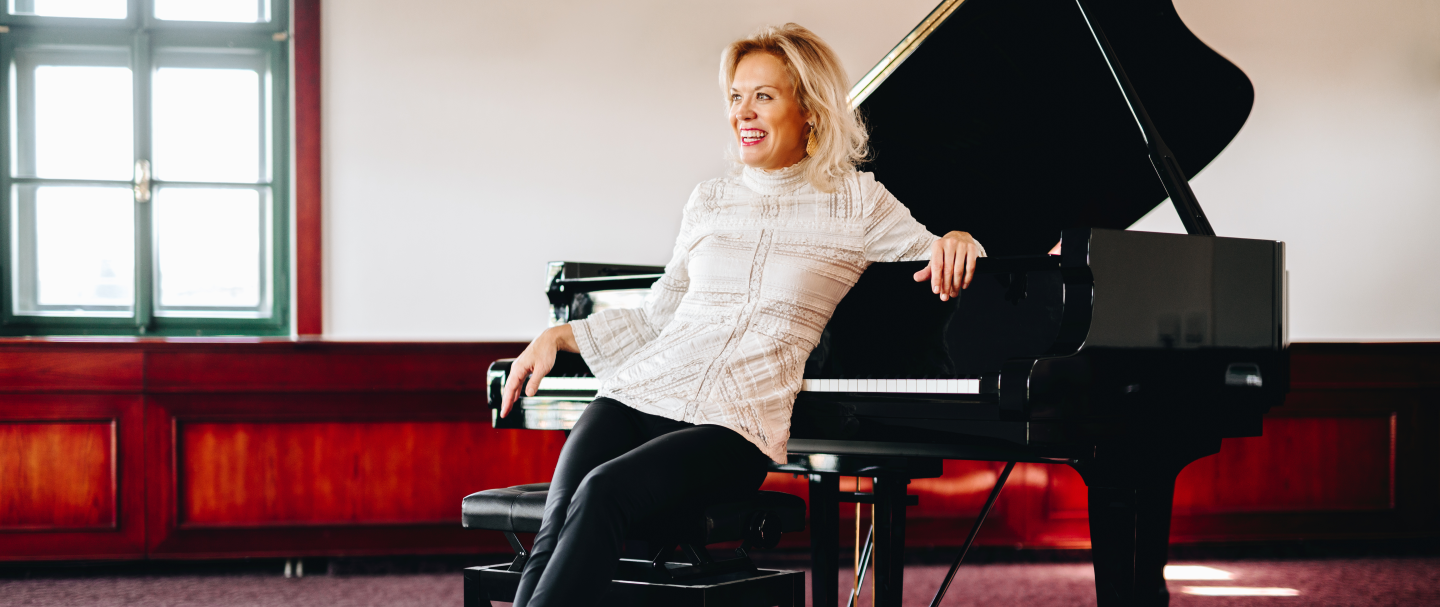- Allegretto ben moderato
- Allegro
- Ben moderato: Recitativo-Fantasia
- Allegretto poco mosso
Born in what is now Belgium, César Franck’s father pushed him into the conservatory at a young age. He tried his hand at concertizing and composition, but the mild-mannered Franck found his comfort zone in Parisian cathedrals where he built a reputation as the city’s foremost organist, excelling at improvisation and perfecting modern techniques.
Having lived in France since his teenage years, Franck considered himself French, but formally became a citizen when he was appointed Professor of Organ at the Paris Conservatoire in 1872 where he developed a cadre of dedicated students. His compositional output remained modest until his last decade when he composed a collection of mature works in a late Romantic harmonic language heavily influenced by Richard Wagner and included his only Symphony, a Piano Quintet, and his refreshingly successful Violin Sonata.
Franck began writing his Violin Sonata as early as 1858 when he promised to compose a Sonata for the iconic Cosima von Bülow (the daughter of Franz Liszt who at the time was married to conductor Hans von Bülow and later to Richard Wagner). The project fell through, but he returned to the work thirty years later, completing it in 1886 as a wedding gift for one of the most prominent violinists in Europe, Eugène Ysaÿe. Eager to champion the work, Ysaÿe quickly learned the new Sonata, and performed it for his wedding guests. He kept it in his repertoire for the rest of his life.
The Sonata is notably cyclic with thematic elements reappearing throughout its movements. The opening Allegretto sways gently and captures a sweet nostalgia. Mysterious and unsettling, the devilishly difficult Allegro makes huge demands of the pianist as flurries of notes underpin the singing violin. The third movement is pensively marked Revitative-Fantasia, and the two instruments play in wandering isolation, ultimately joining to create gripping drama. The work’s finale conveys delightful simplicity as the violin and piano interplay conversationally as melodies follow one another toward a grand climax.
—Chaz Stuart

